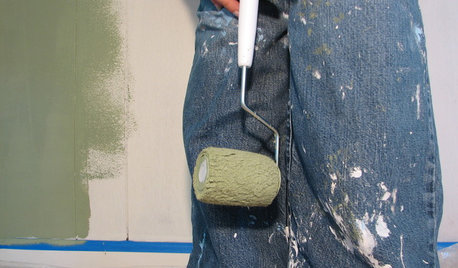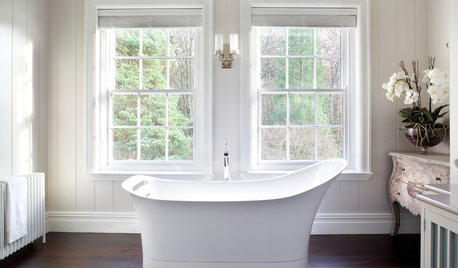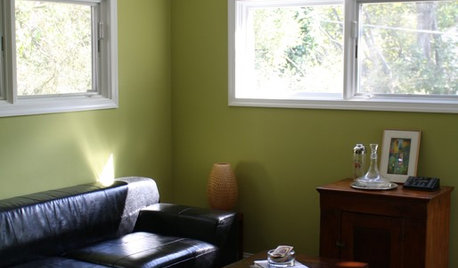HELP!!! What have I gotten myself into???
kindred_ny
12 years ago
Featured Answer
Comments (25)
kindred_ny
12 years agolast modified: 9 years agoJohn Tebbs
12 years agolast modified: 9 years agoRelated Professionals
Bloomington Kitchen & Bathroom Designers · Clarksburg Kitchen & Bathroom Designers · Clute Kitchen & Bathroom Designers · King of Prussia Kitchen & Bathroom Designers · Creve Coeur Kitchen & Bathroom Remodelers · Deerfield Beach Kitchen & Bathroom Remodelers · Islip Kitchen & Bathroom Remodelers · Niles Kitchen & Bathroom Remodelers · Patterson Kitchen & Bathroom Remodelers · Payson Kitchen & Bathroom Remodelers · San Juan Capistrano Kitchen & Bathroom Remodelers · Upper Saint Clair Kitchen & Bathroom Remodelers · Ridgefield Park Kitchen & Bathroom Remodelers · Dayton Architects & Building Designers · Spring Valley Architects & Building Designersmike_kaiser_gw
12 years agolast modified: 9 years agomainegrower
12 years agolast modified: 9 years agokarinl
12 years agolast modified: 9 years agokindred_ny
12 years agolast modified: 9 years agoMarvin Forssander-Baird
12 years agolast modified: 9 years agolavender_lass
12 years agolast modified: 9 years agodirt_cred
12 years agolast modified: 9 years agobrickeyee
12 years agolast modified: 9 years agolazy_gardens
12 years agolast modified: 9 years agoantiquesilver
12 years agolast modified: 9 years agobrickeyee
12 years agolast modified: 9 years agoroarah
12 years agolast modified: 9 years agoslateberry
12 years agolast modified: 9 years agobrickeyee
12 years agolast modified: 9 years agoDebbie Downer
12 years agolast modified: 9 years agotinker_2006
12 years agolast modified: 9 years agosoutherncanuck
10 years agolast modified: 9 years agomaryinthefalls
10 years agolast modified: 9 years agoseydoux
10 years agolast modified: 9 years agokindred_ny
10 years agolast modified: 9 years agovjrnts
10 years agolast modified: 9 years agodirt_cred
10 years agolast modified: 9 years ago
Related Stories

PAINTINGHelp! I Spilled Paint on My Clothes — Now What?
If you’ve spattered paint on your favorite jeans, here’s what to do next
Full Story
FUN HOUZZEverything I Need to Know About Decorating I Learned from Downton Abbey
Mind your manors with these 10 decorating tips from the PBS series, returning on January 5
Full Story
BATHROOM DESIGNWhich Flooring Should I Choose for My Bathroom?
Read this expert advice on 12 popular options to help you decide which bathroom flooring is right for you
Full Story
LATEST NEWS FOR PROFESSIONALSDesigning a Business: How Do I Deal With Client Sticker Shock?
Design business coach Chelsea Coryell offers tips for helping clients understand the actual costs of their projects
Full Story
PETSHow to Help Your Dog Be a Good Neighbor
Good fences certainly help, but be sure to introduce your pup to the neighbors and check in from time to time
Full Story
HOUSEKEEPINGThree More Magic Words to Help the Housekeeping Get Done
As a follow-up to "How about now?" these three words can help you check more chores off your list
Full Story
ORGANIZINGDo It for the Kids! A Few Routines Help a Home Run More Smoothly
Not a Naturally Organized person? These tips can help you tackle the onslaught of papers, meals, laundry — and even help you find your keys
Full Story
LIFEDecluttering — How to Get the Help You Need
Don't worry if you can't shed stuff and organize alone; help is at your disposal
Full Story
PRODUCT PICKSGuest Picks: Help Your Home Blossom With Floral Decor
Sprinkle hints of spring around your rooms with fabrics, wall coverings and more that recall nature's charms
Full StoryMore Discussions










bgwng